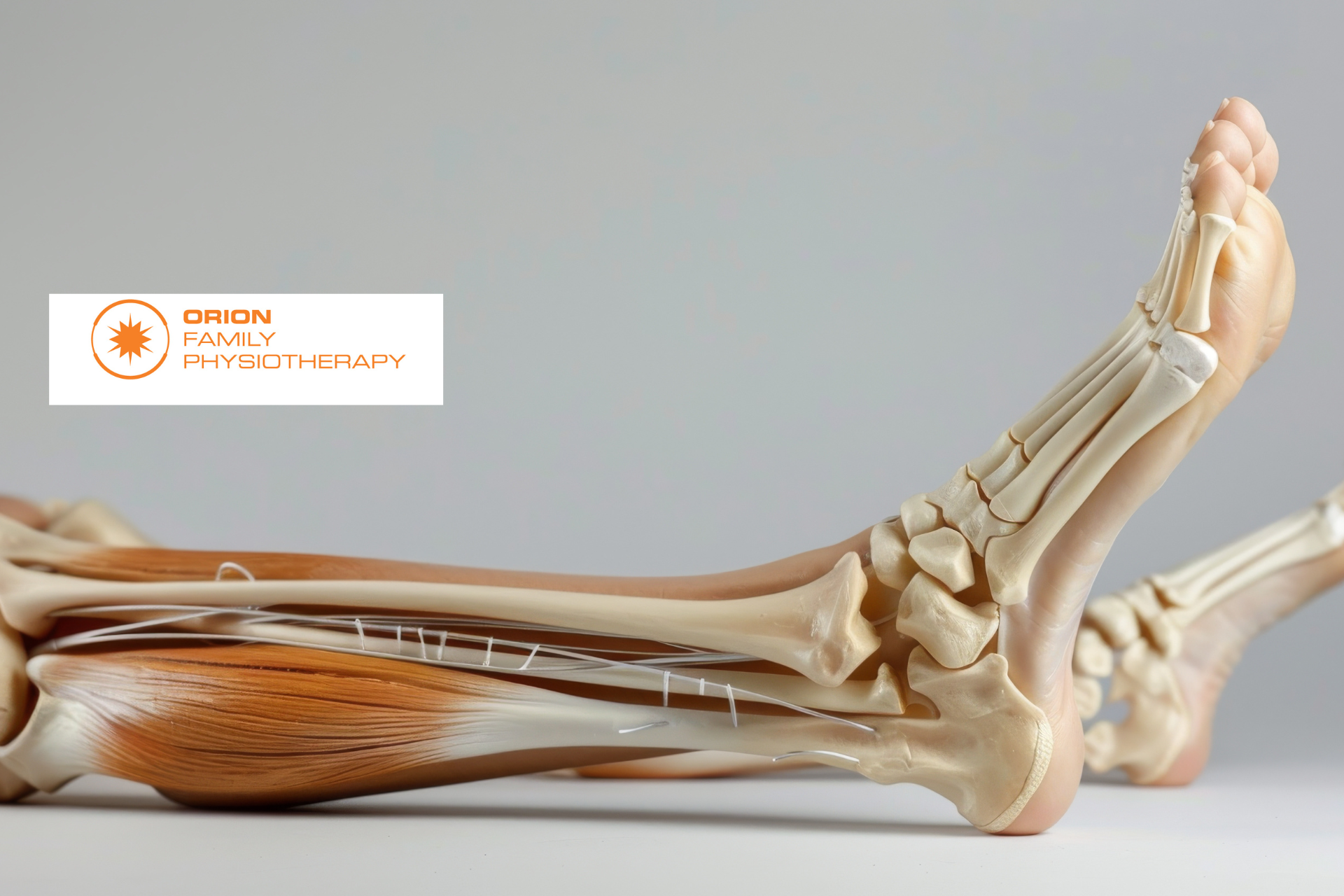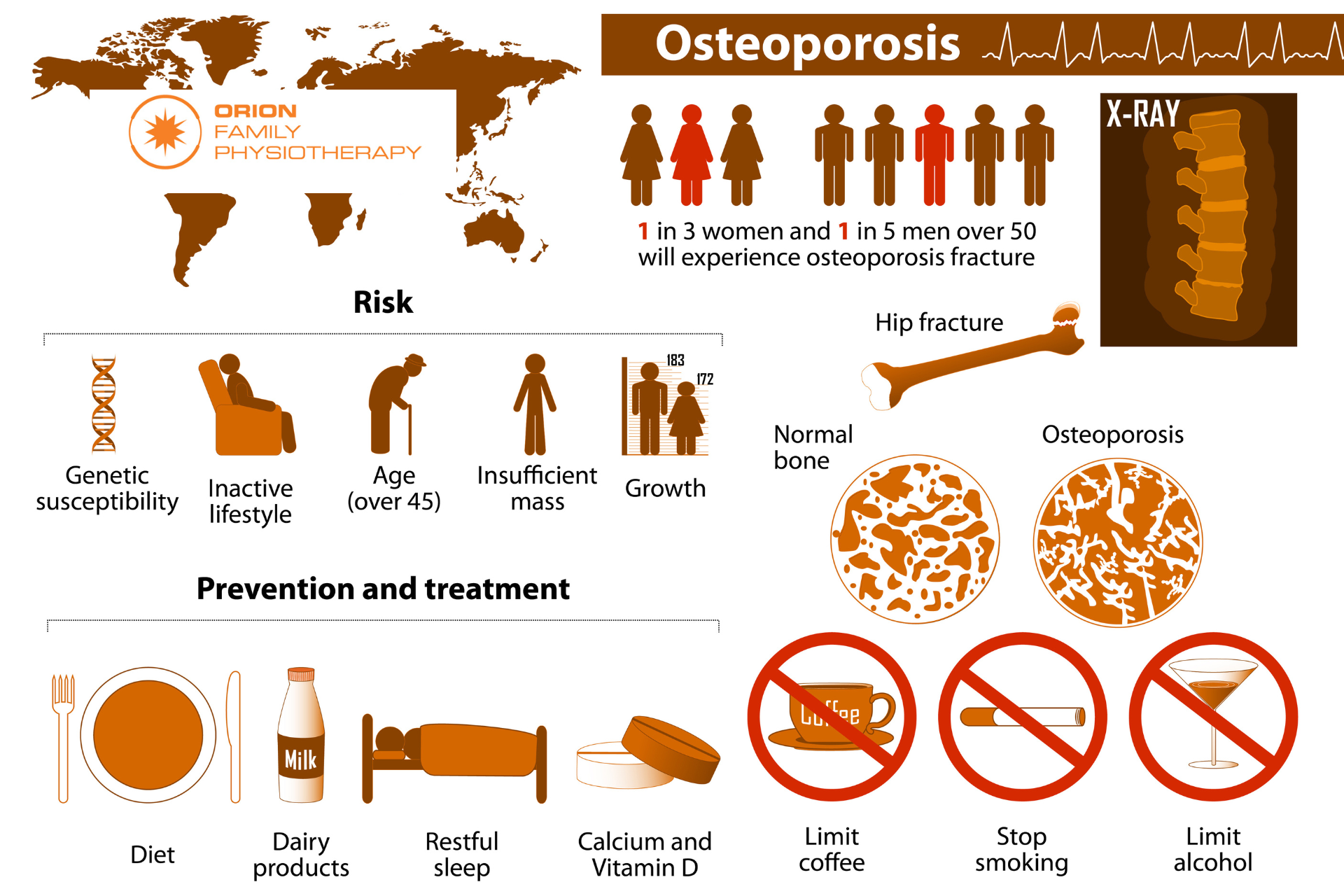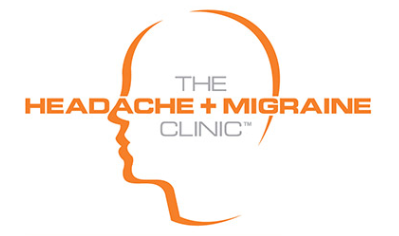We Look forward to Helping YOU!
Blog Layout
Strains vs. Sprains
June 2, 2020
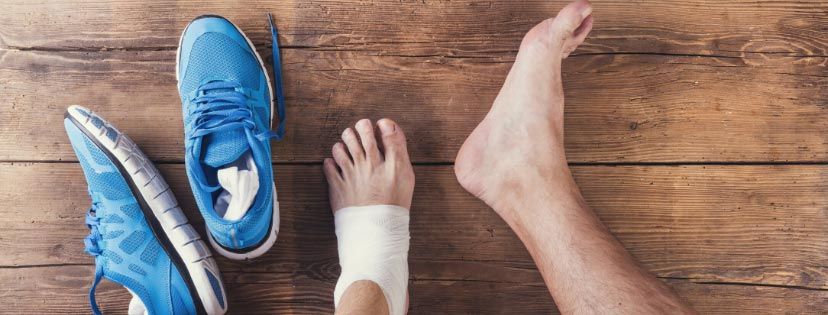
Strains vs. Sprains
Strains and sprains are words that are used almost interchangeably when describing injuries, however they each actually have quite distinct meanings. The most straightforward explanation is that a “strain” refers to a tear in a muscle or tendon, while a “sprain” refers to a tear in ligament fibers. Below we briefly describe what that means and how we treat sprains and strains differently.
Ligaments are fibrous tissues that connect and hold bones to other bones. These are very strong parts of your anatomy and, depending on the joint, provide large amounts of support and stability to the body.
Some ligaments are so strong, for example in the shoulder that sometimes a bone will break before the ligament will tear. When ligament fibers do tear, the nearby joint can actually feel unstable.
Ligament tears will usually swell up and have a normal inflammatory reaction. Pain will be worse with movement or if the ligament is placed under more stress. Occasionally, if a ligament has torn all the way through, there is much less pain than with a less severe injury.
Your physiotherapist is able to grade the severity of a ligament sprain, which will help guide treatment and expected recovery times. Muscle strains are easy to confuse with ligament sprains, however there are a few telltale differences. Following a muscle tear, it is more likely that you’ll feel weakness rather than instability. The pain will also be isolated over the muscle or tendon body. An injury to a ligament will be tender over the site of the ligament and special tests can be done to show a laxity due to the injury.
Treatment is also slightly different as sprains will need more support and will sometimes even need to be braced, whereas muscle strains will benefit from gentle movements earlier. In both cases, following the basic principles of rest, ice, compression
and elevation
is great advice in the early stages of any injury. Heat is not recommended until at least two days after the injury.
It is important to seek professional opinion when recovering from both a strain and a sprain. It is very easy to re-injure an area while it is healing if undertaking strenuous activity too early and without correct rehabilitation. Speak to your physiotherapist for more information.
Ankle Sprains
Ankle sprains are extremely common, however, this doesn’t make them easy to cope with when they happen to you. If you’ve ever spent two weeks hobbling around on crutches after an unfortunate twist, you’ll understand just how painful and difficult they can be.
What are they?
Ankle sprains refer to a tear to the ligament fibres of the ankle. Commonly, a person will roll their ankle inwards and tear the ligament on the outside. Occasionally, the ankle will twist outwards and the ligaments on the inside of the ankle are torn and even less commonly, the fibres of the ligament that hold the two bones of the lower leg together tear (high ankle sprain). A sprained ankle will usually be painful, swollen, bruised, and difficult to walk on and in some cases unstable.
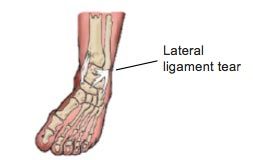
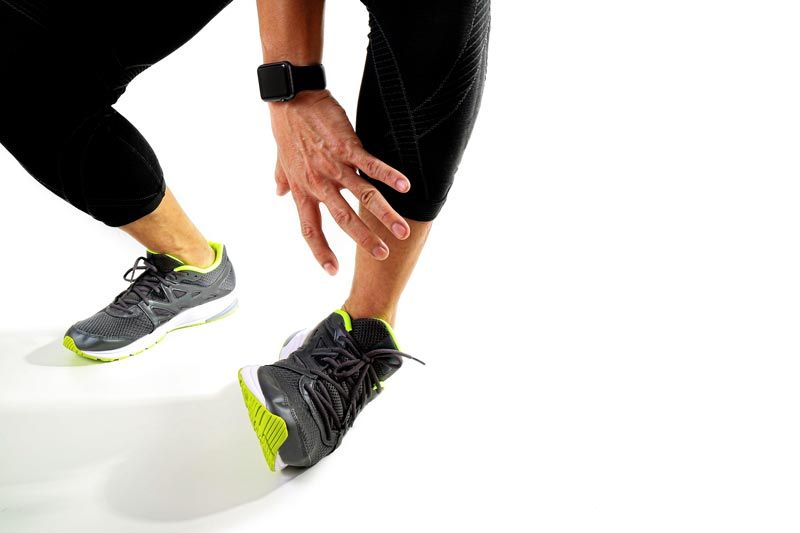
How does it happen?
Ankle sprains can occur from something as simple as putting weight onto your leg when you think your foot is flat even though it’s not. The most typical pattern is of a person jumping and landing on the outside of their foot or simply slipping and twisting their ankle. A sprained or twisted ankle is one of the most common injuries presented to emergency departments around the world. This is important as a severely sprained ankle can actually have very similar symptoms to a broken ankle and will need an X-ray.
A medical professional should assess any severe sprain. However, there are some guidelines to help decide if a sprained ankle needs X-ray
1. You are unable to put weight on the ankle immediately after the injury
2. You are unable to take more than 4 steps immediately after the injury
3. Pain on the bony edges of the outer foot and ankle
How long do sprains take to heal?
Depending on the severity of the tear, from one to six weeks. Your physiotherapist is able to help with recovery and ensure nothing slows down the healing. Following any injury of the body, joints may remain a little stiff and lose strength and control. Even though the injured tissues have healed, the ankle doesn’t move quite the way it used to. This means that your risk of twisting it again is higher than before the injury.
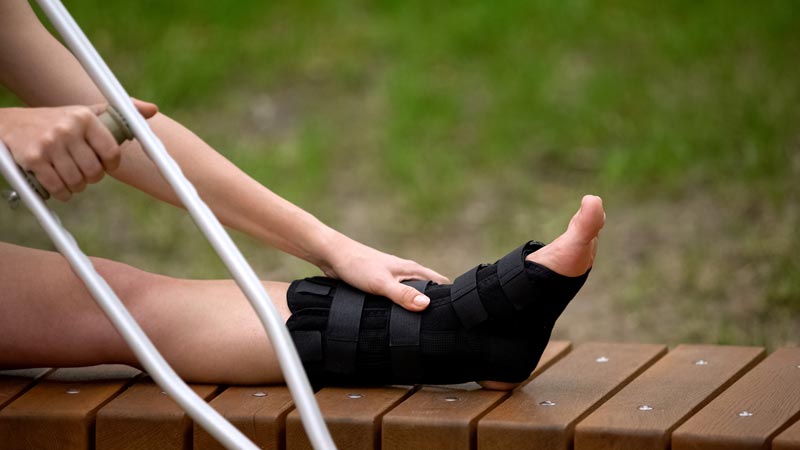
How can physiotherapy help?
Correct rehabilitation can help to prevent recurring injuries. As well as providing support to the unstable ankle, your physiotherapist will help you to strengthen any weak muscles and restore balance and control through exercise. They are also able to correct any abnormal movement of the joint following swelling.
The information in this newsletter is not a replacement for proper medical advice. Always see a medical professional for assessment of your individual condition.

September 9, 2024
Most tissues in the body have healed completely in six to 12 weeks following an injury, however, many people have severe pain that lasts much longer than this. We know that the intensity of the pain you feel is not always associated with a similar amount of damage. In some cases, there can be a severe amount of pain with almost no detectable damage. With this in mind, we explore some reasons why your pain might not be getting better, long after the tissues have healed. You’re afraid of the pain. Pain can mean many different things, for some of us pain can affect our ability to work or can be a symptom of a serious disease. What you believe about your pain can either amplify or reduce the symptoms you experience. If you feel that every time you experience pain you are causing more damage, you will naturally pay more attention to this and your nervous system will amplify the signals in an attempt to keep you safe. If you understand the cause of your pain and know that while there is discomfort, you are not in danger of causing more damage, often the pain will feel less severe. This is one of the benefits of seeing a physiotherapist after your injury as they can help you to understand your pain, giving you more control over your recovery. You started moving differently after the injury. Immediately after an injury, it’s natural to change the way you move to avoid painful movements. After a while, these changed movement patterns can become maladaptive and actually begin to cause pain and discomfort on their own due to the altered stress patterns placed on your body. Correcting these adaptive movement patterns can often go a long way in reducing pain after an injury. You might not have noticed these changes and might need a physiotherapist to identify and help you to return to your usual movement pattern. You have lost muscle strength since the injury. While a certain amount of rest following an injury is always helpful, if we stop moving altogether, our muscles can lose strength. This can mean that our posture changes, we fatigue easier during our usual activities and that we are more susceptible to further injury. Less movement also means we actually focus on the pain more when it does happen. Physiotherapists are able to advise you on the right types and amounts of excercise for you in the period following your injury. The pain has affected your lifestyle. When pain affects your ability to sleep, work and even concentrate, it’s not surprising that this can have a negative affect on your overall wellbeing and mental health. This can create a negative cycle of anxitey and depression that perpetuates and increases the experience of pain. If your pain is really getting you down, speaking to a mental health professional can actually be a valuable part of your physical recovery
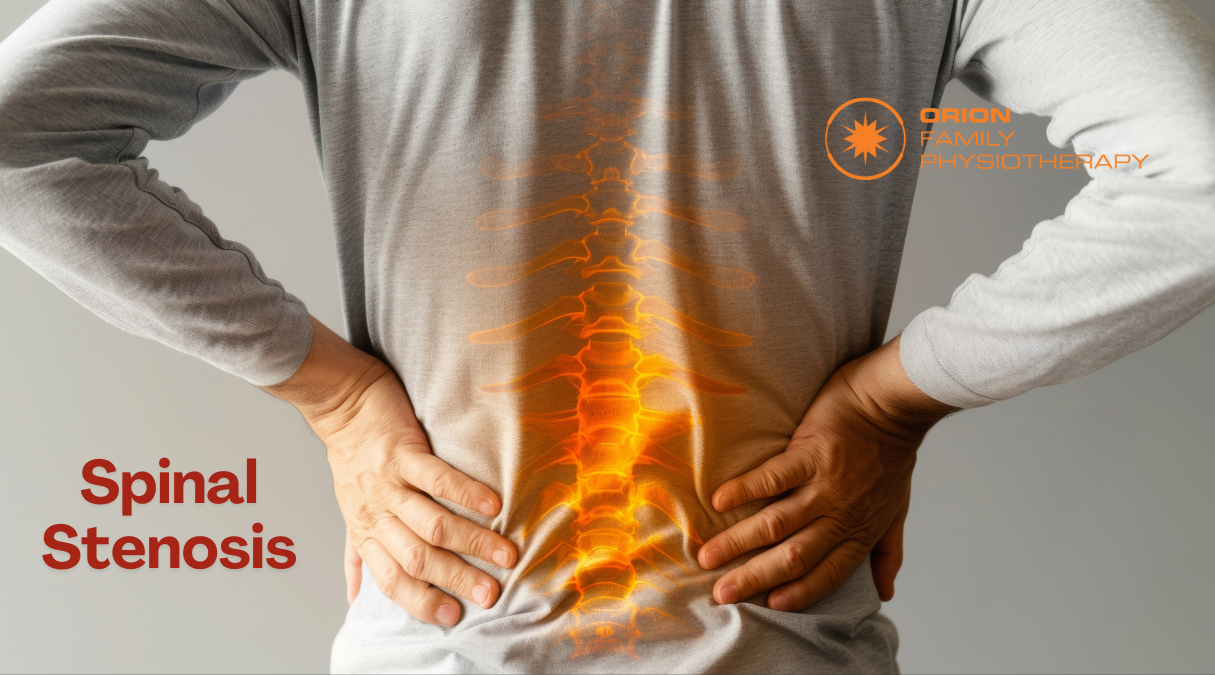
May 24, 2024
What is spinal stenosis? The spinal cord, nerves and arteries are housed by the spine, which acts as a hard electrical casing to support and protect these vulnerable structures. The spine has a hollow column that allows the spinal cord to run from the brain to the rest of the body. At each spinal segment, nerves exit the spine and supply the tissues of the body. There is also an intricate network of small veins and arteries that provide blood to the spinal cord and vertebrae, providing them with the nutrients needed to operate. Spinal stenosis is characterized by a narrowing of the spaces that house the spinal cord, nerves and blood supply. A variety of factors can cause spinal stenosis, however overwhelmingly it is caused by degenerative changes to the spine as we age. Many people over the age of 60 will have spinal stenosis; however, not all will have pain. Clinically, spinal stenosis is used to describe the painful symptoms of this condition rather than just the narrowing itself.
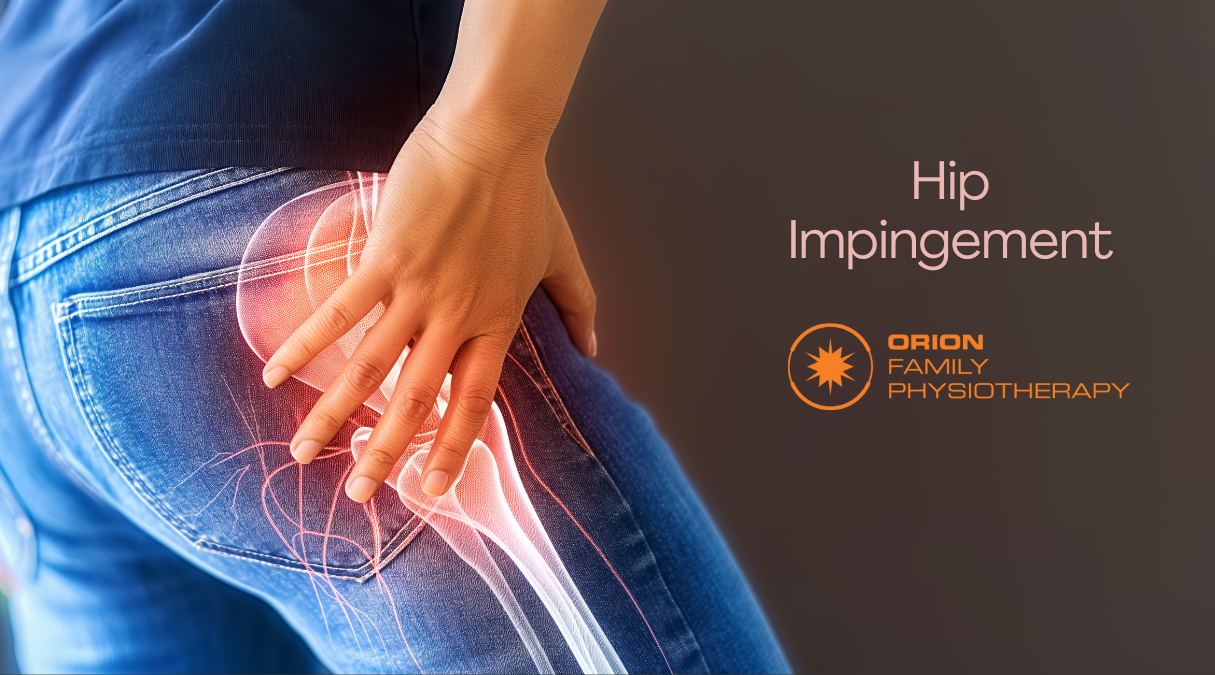
May 23, 2024
What is it? When the two surfaces of the hip joint move over each other, they usually move freely without any friction. If there is an alteration to either the socket part of the joint (the acetabulum) or the ball (the head of the femur), irritation may occur as the two surfaces move over each other. This is known as Femoroacetabular impingement, a common disorder of the hip, characterized by pain and stiffness. Femoroacetabular impingement can be classified as cam, pincer or mixed. A cam FAI occurs when the femoral head junction is flattened or a small bump is present. Pincer type of impingement occurs when the acetabular rim extends slightly, causing the femur to be impacted. Cam impingement is more common in men while pincer impingement is more common in women. However, most cases of FAI (about 85%) are mixed, meaning they both have cam and pincer types of impingement.
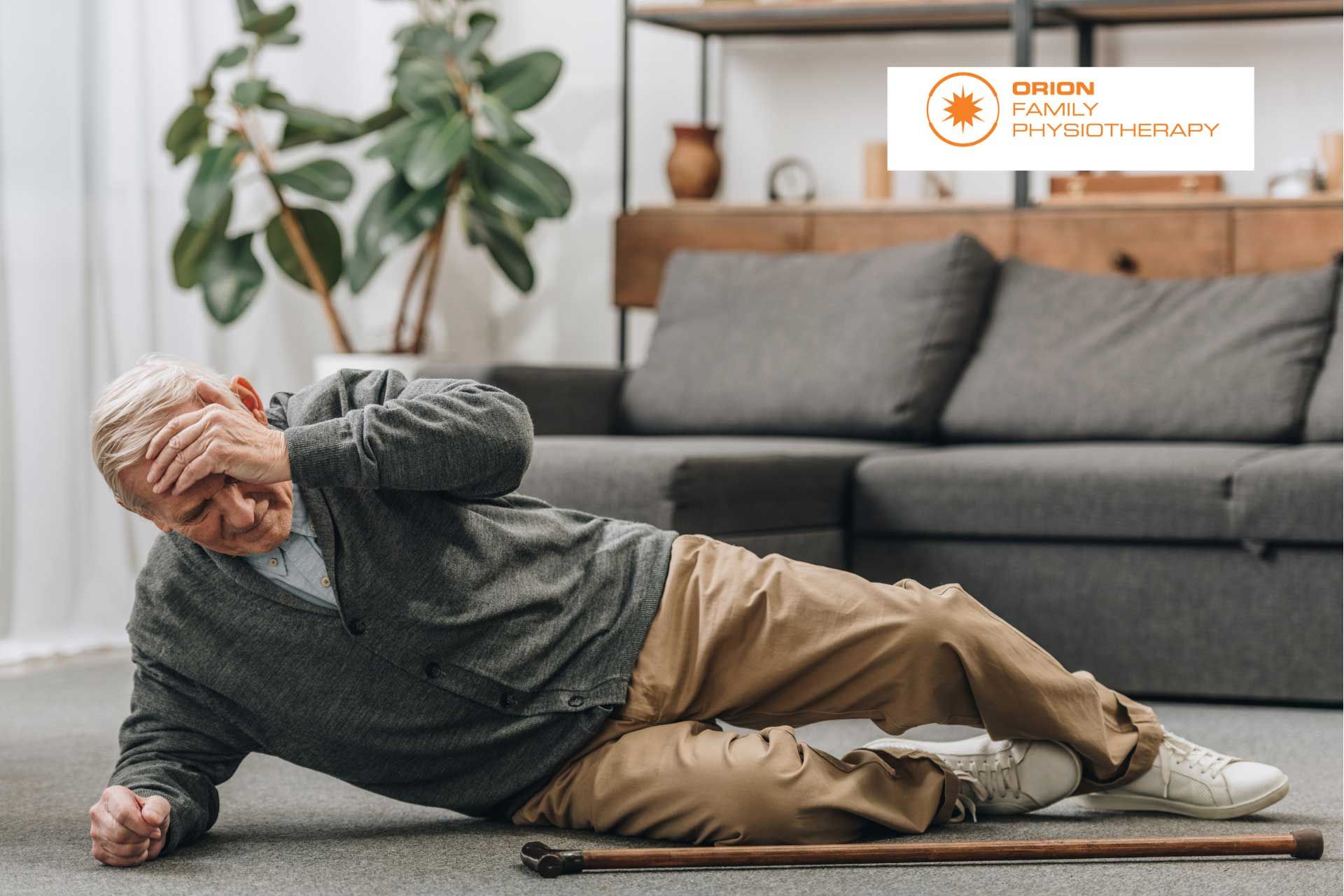
By Sensis Master
•
March 26, 2024
Ankle sprains are one of the most common sporting injuries and most people have experienced one at least once in their lifetime. While they are common, this doesn’t lessen their negative impacts. Surprisingly, having poor balance might be increasing your risk of ankle sprains. Here we discuss a few facts about balance and what you can do to reduce your risk of ankle injuries.

By Sensis Master
•
March 26, 2024
What Are They? Muscular trigger points are better known to most of us as muscle knots and can feel like painful, hard lumps located inside muscles. These knots can both be painful to touch and refer pain in surrounding areas. It is thought that trigger points form when a portion of muscle contracts abnormally, compressing the blood supply to this area, which, in turn, causes this part of the muscle to become extra sensitive. Trigger points are a common source of pain around the neck, shoulders, hips and lower back.
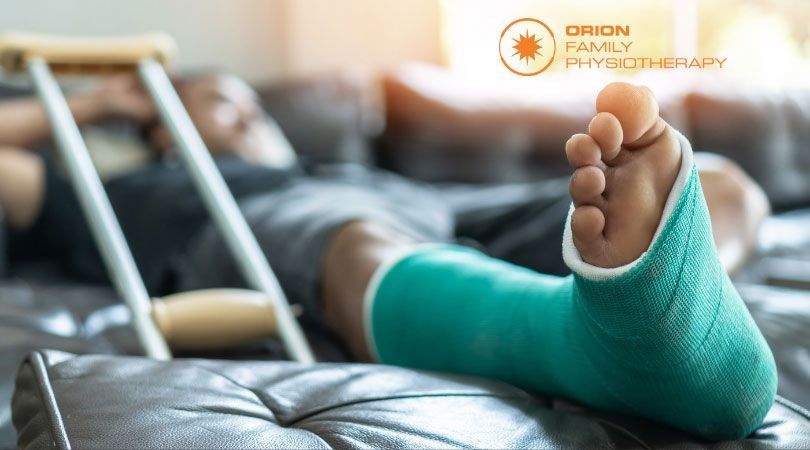
By Sensis Master
•
February 6, 2024
When injury strikes, the first thing that most of us want to know is ‘how long will this take to heal?’ Unfortunately, the answer to this can be complicated and requires at least a little understanding of how the different tissues of the body heal. Each of the tissues of the body, including muscles, tendons, ligaments and bone, heal at different speeds and each individual will have some variation on those times as a result of their individual health history and circumstances.
Our amazing Partners and Charities...

Slide title
Write your caption hereButton
Slide title
Write your caption hereButton-

Slide title
Write your caption hereButton -

Slide title
Write your caption hereButton -

Slide title
Write your caption hereButton -
Slide title
Write your caption hereButton -
 Write your caption hereButton
Write your caption hereButton -

Slide title
Write your caption hereButton -

Slide title
Write your caption hereButton -

Slide title
Write your caption hereButton -

Slide title
Write your caption hereButton -

-

-

Slide title
Write your caption hereButton -

Slide title
Write your caption hereButton -

Slide title
Write your caption hereButton -
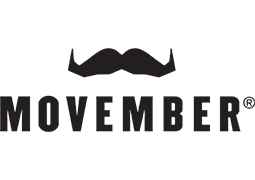
Slide title
Write your caption hereButton 
Slide title
Write your caption hereButton-

Slide title
Write your caption hereButton -

Slide title
Write your caption hereButton -
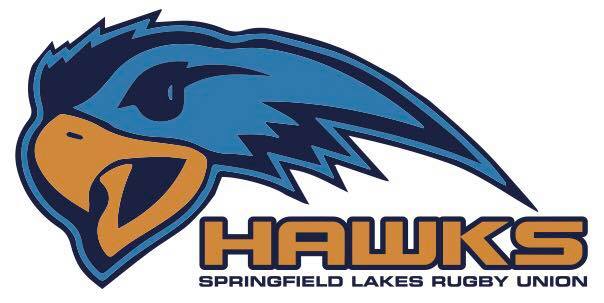
Slide title
Write your caption hereButton -
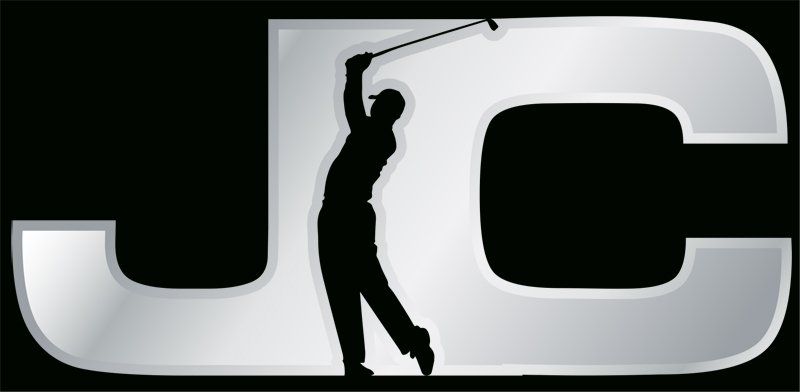
Slide title
Write your caption hereButton -

Slide title
Write your caption hereButton -
 Button
Button
-

Slide title
Write your caption hereButton -
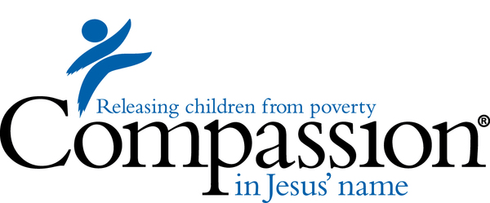
Slide title
Write your caption hereButton -

Slide title
Write your caption hereButton -

Slide title
Write your caption hereButton -

Slide title
Write your caption hereButton -
Slide title
Write your caption hereButton -

Slide title
Write your caption hereButton -

Slide title
Write your caption hereButton -

Slide title
Write your caption hereButton -

Slide title
Write your caption hereButton -
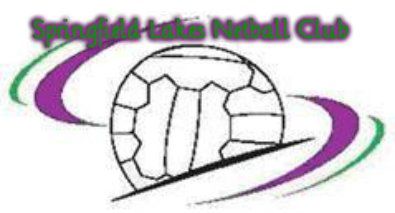
Slide title
Write your caption hereButton -

Slide title
Write your caption hereButton
07 3470 1204
Suite 3 /1 Main St,
SPRINGFIELD CENTRAL, QLD 4300
Contact our sister clinic for specific help to treat Headaches & Migraine
(or just click the icon below)
Opening Hours
- Monday
- -
- Tuesday
- -
- Wednesday
- -
- Thursday
- -
- Friday
- -
- Saturday
- -
- Sunday
- Closed
Site Map
Additional Specialties
Acupuncturist
Clinical Pilates & Group Exercise
Women's Health & Pregnancy Care
Paediatric (Children's) Physiotherapy
Art Therapy
Counsellor
Psychologist


